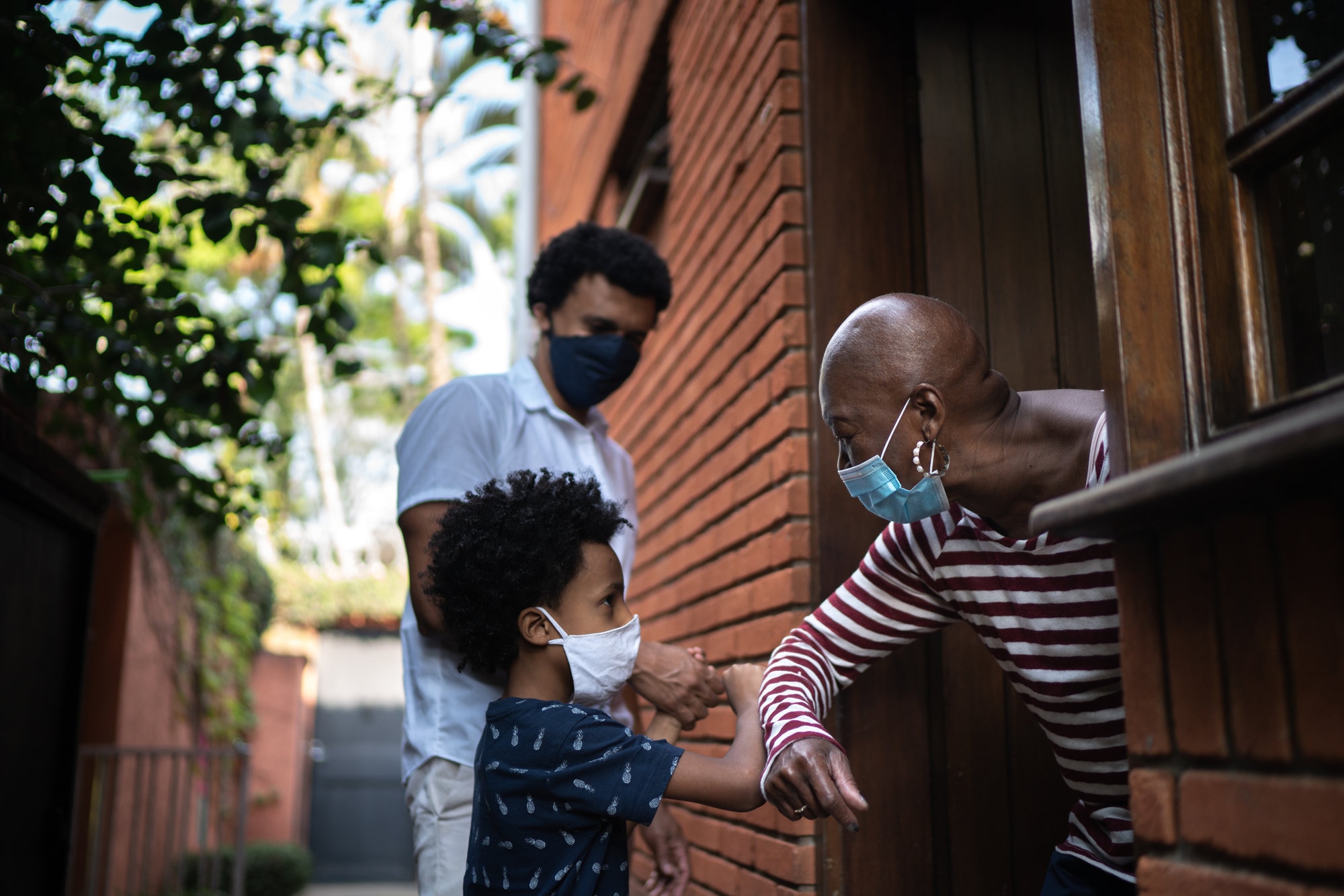A year unlike any other: How donors plan to approach giving at 2020’s year-end

The holidays are quickly approaching—a time of year when many make charitable donations to their favorite nonprofit organizations. But very little about 2020 has followed usual patterns. To understand how the pandemic could influence end-of-year decisions, we conducted a survey of Fidelity Charitable donors to ask how they are approaching charitable giving as 2020 comes to a close.
What we found is good news for the nonprofit community. While donors have responded generously in the face of the COVID-19 crisis, they are also focused and committed to the causes and organizations they regularly support. The study underscored the following key takeaways:
- Forty-six percent of donors say they’ve already given more to charity in 2020 than normal because of the pandemic—and four in ten say the pandemic has influenced their giving.
As COVID-19 brought overwhelming physical and economic hardship, many people actively engaged in philanthropy as a way to help their neighbors and communities. Through September, Fidelity Charitable grant volume increased 30 percent over the same time period in 2019.
Donors whose giving decisions were influenced by the crisis were most likely to say that they wanted to help people suffering from the economic effects of the pandemic and to help nonprofits struggling due to the crisis. - Nearly four in ten donors say they’ve given to different nonprofits due to the pandemic—but the vast majority also plan to support their regular charities this year.
Thirty-seven percent of donors said they have supported new charities in response to COVID-19. This is clearly illustrated by the 338 percent year-to-date increase in grant dollars to organizations addressing food insecurity—many of which experienced a huge surge in demand due to the crisis.
However, any increase in giving to meet immediate needs caused by the pandemic was not at the expense of charities donors regularly support. More than 90 percent of donors say they will give to most or all of the organizations they normally support, indicating that their crisis response giving is an addition to their regular giving—not a replacement. This is good news for the overall sustainability of the nonprofit community, which relies on steady support from donors.

6 simple tips for smarter giving in 2020
Want to support your favorite charities while minimizing your tax burden in 2020? Consider these tips to make the most of charitable giving in this unprecedented year.
- Donors show widespread apprehension about the nonprofit sector’s ability to weather the pandemic—particularly small, community-based organizations and human services charities.
More than half of donors said that they were somewhat or very concerned about the ability of all types of nonprofits to withstand the pandemic—but they have higher levels of worry for certain categories of nonprofits.
Sixty percent or more donors were very concerned for small or community-based nonprofits and human services organizations. Many of these organizations have been placed under significant strain as they’ve faced increased demand for services amid the crisis. Donors also expressed significant unease for organizations focused on education and the arts.
The only exception to the significant worry donors report is for large, national nonprofits, for which only 43 percent of donors were concerned. Donors feel more confident that these charities—which often have larger donor bases and resources—will be able to weather the crisis.
- Looking to the future, only two in ten donors believe the pandemic will significantly influence their giving in 2021 and beyond—indicating that the majority of donors plan to stay the course with their usual giving behaviors.
While the COVID-19 crisis has had a significant influence on giving choices in 2020, most donors don’t expect it to have a lasting impact. Of donors who said their giving wouldn’t be influenced by the pandemic in the future, nearly a quarter said they simply don’t want to change their giving plans. Nearly one in five donors said their giving decisions wouldn’t be impacted because they expect a return to normal.
Shifts in giving patterns we saw related to the COVID-19 pandemic were generally targeted at meeting immediate needs, like food and shelter. Giving in response to a crisis situation is often directed toward short-term relief—though for many, both the health and economic effects of the pandemic will be felt for many years to come.
For more on how donors are thinking about giving at end-of-year, read the detailed results from our survey.
Methodology
A survey was conducted about how Fidelity Charitable donors are approaching charitable giving in light of the COVID-19 pandemic. 491 Fidelity Charitable donors were surveyed in August 2020.
Want more info before you open a Giving Account?
Sign up to receive occasional news, information and tips that support smarter philanthropic impact through a donor-advised fund.
How Fidelity Charitable can help
Since 1991, we have been a leader in charitable planning and giving solutions, helping donors like you support their favorite charities in smart ways.
Or call us at 800-262-6039
